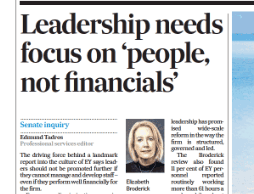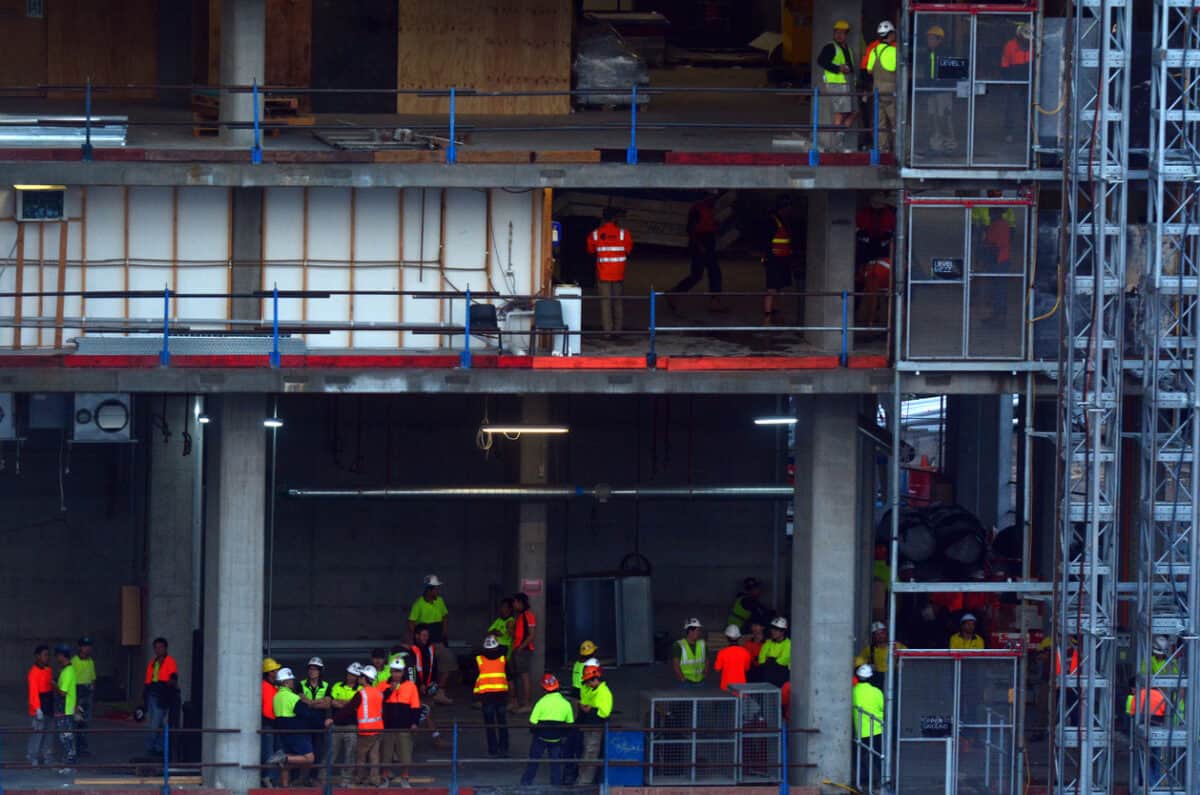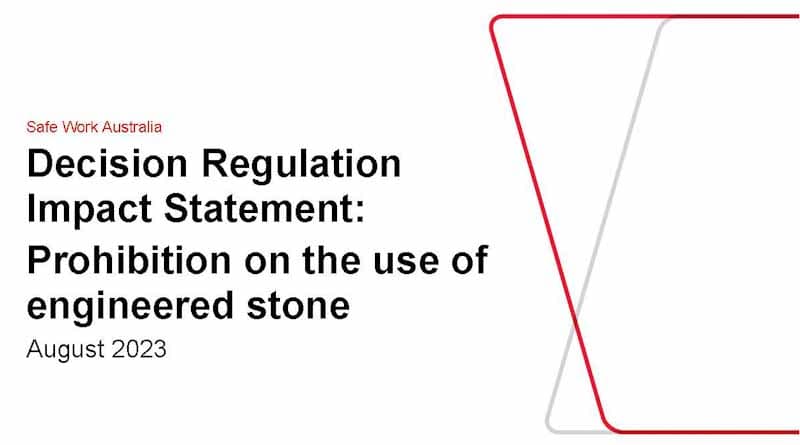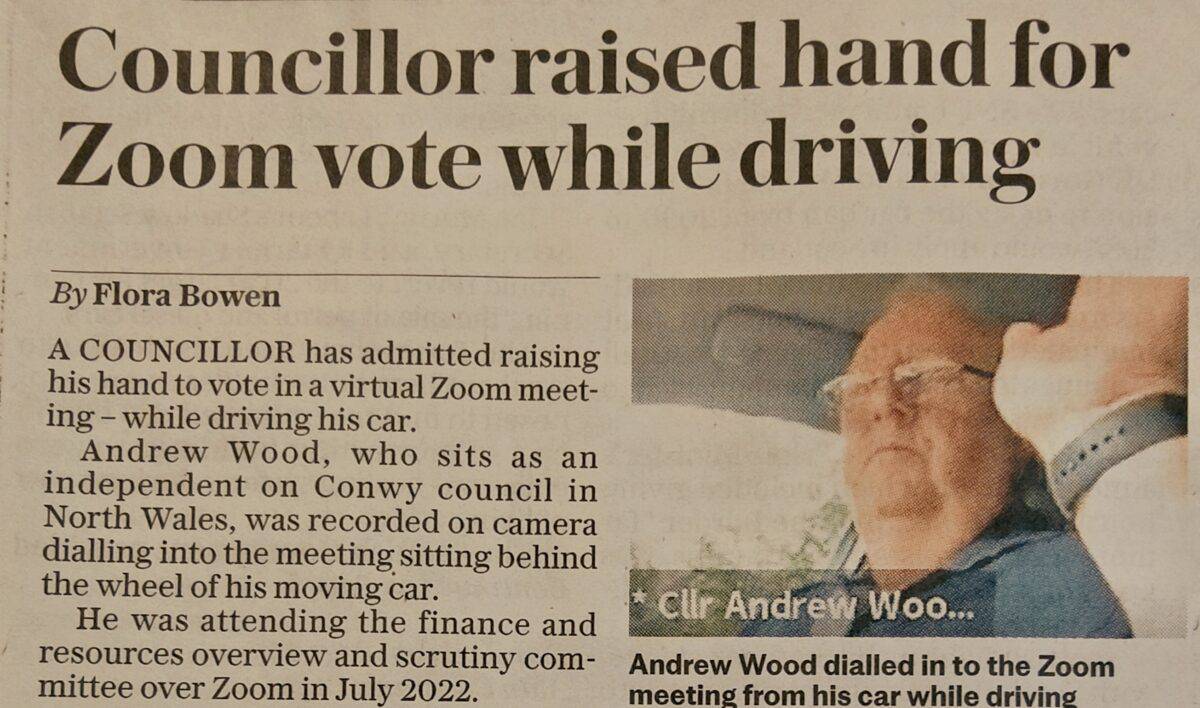The Victorian Parliament has been debating legislation the government claims is essential to fix a “broken” workers’ compensation system. There are a lot of elements to what is broken – premium increases, political access to WorkSafe finances, political topping up of WorkSafe finances, high numbers and costs for workplace mental health compensation claims and more. What is largely missing is a discussion on the prevention of mental health injuries at work.
Category: government
Cultural and operational shortcomings in white-collar work
Long working hours and the billable hours structure received some attention in the prominent business newspaper. the Australian Financial Review, on November 11,2023. Unsurprisingly the article, by Edmund Tadros, about former Sex Discrimination Commissioner, Elizabeth Broderick has garnered attention in the business social media. The article reinforces the unsafe nature of the dominant management practices in white-collar workplaces.
Effective safety signs
Safety signs can be a mix of symbols, colours and words. On a recent vacation in the United Kingdom, I saw a configuration of pedestrian crossing signs that challenged my interpretation of signs I had seen since I was a child. I wondered if this new configuration still communicated the essential safety message.
Industrial Manslaughter distracts from what really works
South Australia’s Industrial Manslaughter Bill is being negotiated in its Parliament. New South Wales’ version is in development, and Tasmania has said it does not want to be left out, so the government has flagged its intention to have Industrial Manslaughter (IM) laws. Each politician stresses the importance of these laws to deter employers from doing the wrong thing and causing the death of a worker. However, there are serious concerns about the intended deterrent effect when other occupational health and safety (OHS) measures have been shown to be more effective.
Engineered stone is unsafe at any level
Safe Work Australia has recommended:
“a prohibition on the use of all engineered stone, irrespective of crystalline silica content, to protect the health and safety of workers.”
So that should be it. No more engineered stone products for use in Australia. Apparently, that decision is difficult to make even though the top occupational health and safety (OHS) advisory body in Australia recommends prohibition. OHS has always had an uncomfortable mix of morality, law and politics. Engineered stone and its inherent silicosis risks are a good illustration of the tensions between these three elements.
Plain speaking on mental health v nuance
Plain speaking is one of the greatest challenges of any profession. Many professionals struggle to communicate their excellent work and knowledge which has created the moves for Research-To-Practice and specialised communicators (as opposed to public relations advisers). Human Resources (HR) and Occupational Health and Safety (OHS) need communications specialists, or perhaps just interpreters, if a recent article on workers compensation and mental health is anything to go by.
If we are going to achieve a successful and effective change on workplace mental health, we need to start to understand each other.
Virtual meeting while driving a car!!
Many companies have policies for driving work and company vehicles safely. Distracted driving has been identified as a high risk activity that contributes to injuries and deaths of road users. Recently, the Victorian road safety regulator introduced bans on touching mobile phones while driving. This has caused enormous debate, mostly from those who do not want to change their habits, about the safety of workers and others on the road.
Although not in Australia, this example in the UK Daily Telegraph (paywalled) on September 22, 2023, illustrates an example of very distracted driving, lying and hypocrisy.







